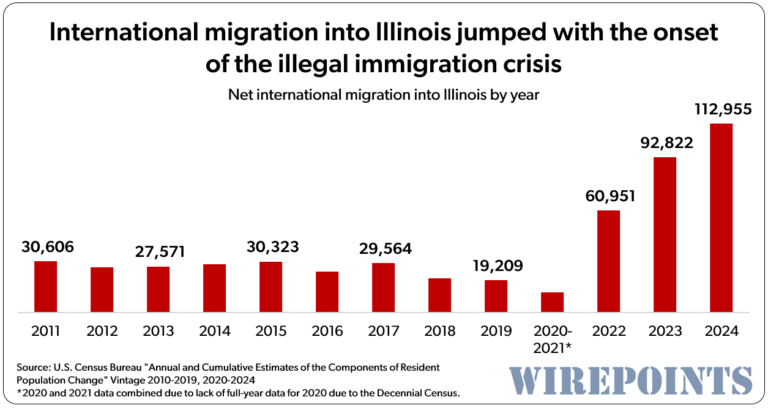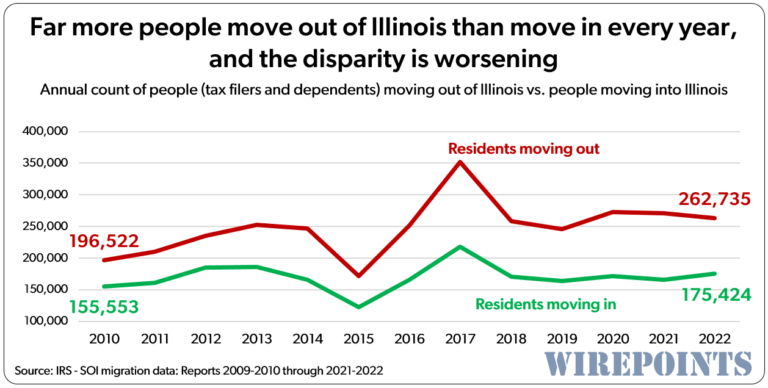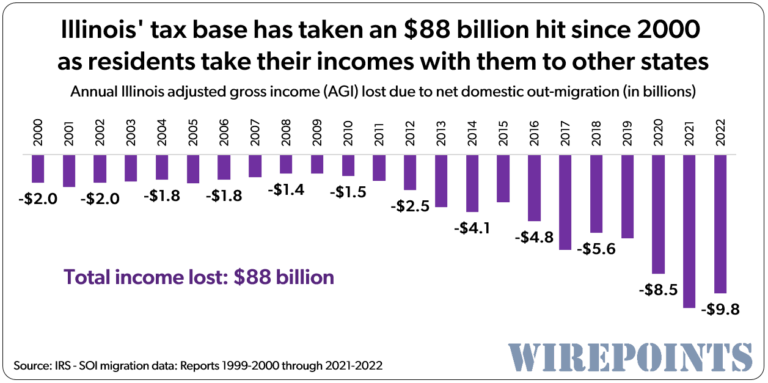Israeli Prime Minister Benjamin Netanyahu strongly implied that his country is capable of attacking all of Iran’s nuclear facilities — even the secretive Fordow Fuel Enrichment Plant, which is believed to be buried half a mile under a mountain.
Netanyahu insisted the Jewish state “will achieve all our objectives” despite many military experts doubting that the Jewish state has the capabilities of taking out the underground nuclear facility site.
“We will achieve all our objectives and hit all of their nuclear facilities. We have the capability to do that,” Netanyahu said when asked by a reporter about Fordow specifically.
Israel has struck several Iranian nuclear sites since launching its “Operation Rising Lion” airstrikes on the Islamic Republic, including a primary facility in Natanz, as well as ones near Tehran and Isfahan.
The Israelis have also taken out over a dozen top Iranian scientists and key military brass as well.
Fordow, meanwhile, has loomed large over President Trump’s decision on whether or not the US should enter the Israel-Iran conflict.
Many military analysts have said that the US is Israel’s only ally with advanced bombers within range that could carry heavy bunker-buster bombs to take the secretive site out.
However, there is some debate among analysts about whether the US can even successfully destroy Fordow with those high-powered bombs.
The president said Thursday he would make his final decision on whether to strike Iran in the “next two weeks,” because he’s still hoping for negotiations.
“Based on the fact that there’s a substantial chance of negotiations that may or may not take place with Iran in the near future, I will make my decision whether or not to go within the next two weeks,” Trump said in a statement read aloud by White House press secretary Karoline Leavitt Thursday.
The commander in chief has faced a MAGA revolt among his base over the conflict, with prominent allies such as Steve Bannon and Tucker Carlson demanding the US stay out of the rapidly escalating situation.
Netanyahu said that the decision of whether the US should enter the conflict is “entirely” up to Trump.
“He’ll do what’s good for the United States, and I’ll do what’s good for the State of Israel,” the prime minister said, adding, “as the saying goes — every contribution is welcome.”
Over the weekend, Netanyahu defended Israel’s decision to attack Iran and brushed aside questions about Director of National Intelligence Tulsi Gabbard’s testimony earlier this year that the intelligence community has assessed that “Iran is not building a nuclear weapon.”
“The intel we got and we shared with the United States was absolutely clear — was absolutely clear — that they were working in a secret plan to weaponize the uranium,” Netanyahu said on a special edition of Fox News’ “Special Report with Bret Baier” Sunday.
“They were marching very quickly. They would achieve a test device and possibly an initial device within months and certainly less than a year,” he added. “I think we have excellent intel in Iran.”
Trump has since told reporters he believes Iran is close to a nuke in a rebuke of Gabbard. Gabbard later downplayed murmurs of daylight between her and Trump on that assessment.
For years, Netanyahu has warned that Iran was close to finishing a nuclear weapon.
Iran had been enriching uranium up to 60% purity before Israel’s attack. Typically, 90% enrichment is seen as the weapons-level threshold, but scientists at the International Atomic Energy Agency (IAEA) have noted that it’s easier to get from 60% to 90% enrichment than it is to get to 60%.
Iran has denied that it is pursuing a nuke, insisting it was only enriching uranium for peaceful means. However, 60% enrichment is not needed to achieve nuclear power for peaceful means.
Last week, the IAEA disclosed a 22-page unclassified report about Iran’s nuclear program that did not provide evidence that the regime was after a nuke, but raised concerns about its enrichment levels.
“The Agency has no credible indications of an ongoing, undeclared structured nuclear programme
of the type described above in Iran and notes the statements of the highest officials in Iran that the use
of nuclear weapons is incompatible with Islamic Law,” the report said.
Skeptics have argued that Israel’s attack came in the middle of US negotiations with Iran over the theocratic regime’s nuclear program and have speculated that Israel is taking advantage of Tehran’s weaknesses after its proxies have been battered since the Oct. 7, 2023, Hamas attack.







